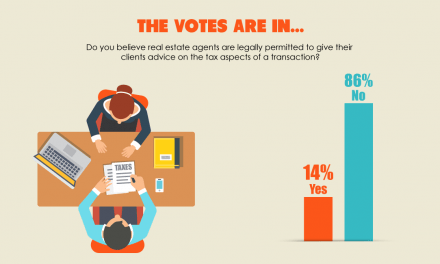Black homeownership has historically been low for decades — but it’s snailing forward.
In 2021, the homeownership rate among Black households in California was 35.6% — two and a half percentage points more than it was in 2016. However, the overall homeownership rate in California is 55%, according to the U.S. Census Bureau.
From 2016 to 2021, the Black homeownership rate increased from:
- 44% to 53% in Riverside;
- 28% to 33% in Orange County; and
- 31% to 34% in Sacramento.
Whereas in other major California counties, from 2016 to 2021, the Black homeownership rate either was stagnant or decreased. These counties included a:
- flat rate of 32% in Los Angeles;
- flat rate of 22% in San Francisco;
- decrease from 29% to 28% in San Diego; and
- decrease from 30% to 25% in Santa Clara.
In California, where just over 6% of the population is Black, Black homeownership is not only important for the sake of creating opportunities for Black communities in real estate — it’s also a missed opportunity for your business.
By encouraging homeownership in Black communities, Black households build wealth and real estate agents gain new clients. It’s a win-win.
Related article:
Pushing Black homeownership further
Black homeownership needs to progress, but how?
In recent history, Black homeowners were pressured to buy homes with high interest rates and poor terms, despite lacking down payments. During the Millennium Boom, this tactic — known as predatory lending — pushed Black homeowners into foreclosure, ruining their credit and souring the community’s attitude toward lenders and homeownership.
Before that, Black homeowners were redlined. Their mortgage applications were denied, and their properties were under-appraised due to being considered “risky.” Redlining isolated people of color in areas that would suffer from lower levels of investment than in majority-white areas.
The unethical act of redlining allocated the nation’s wealth — a wealth created for everyone to have and to use. By redlining Black communities where financing was generally unavailable, it declined the overall quality and quantity of housing for Black households.
Though the Housing Financial Discrimination Act of 1977 outlawed the practice in California, the effects continue today. Including, lower:
- homeownership rates;
- home values; and
- rents in previously redlined communities.
Related article:
Without access to homeownership, generous federal subsidies like the mortgage interest deduction (MID)
Still, all is not lost for Black homebuyers who want a slice of the “American Dream.” Programs like the Black Real Estate Agent Program are improving homeownership for Black households by increasing the number of Black real estate agents.
Black homebuyers are more likely to consider buying real estate when there is greater representation in the industry. Representation in the field builds a system of support for more Black homeowners in the future. A diverse industry encourages a diverse client pool and minimizes potential for bias.
California real estate offices need to hire agents reflecting the population. When offices don’t, they are not representing the rather loud promotion of “equal opportunity” in homeownership. For there to be equal opportunity in homeownership, there needs to be real opportunities in the real estate industry for Black real estate agents.
With more racial representation, Black communities are more likely to know about the industry and how they can build their own wealth through real estate.
Stay informed on the effect of diverse representation in the real estate industry by subscribing to firsttuesday’s Quilix!
Related article:
The gap between white and black homeownership rates is growing














